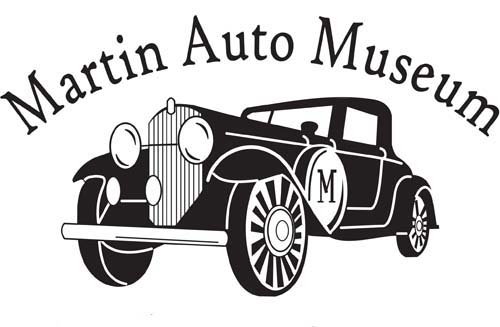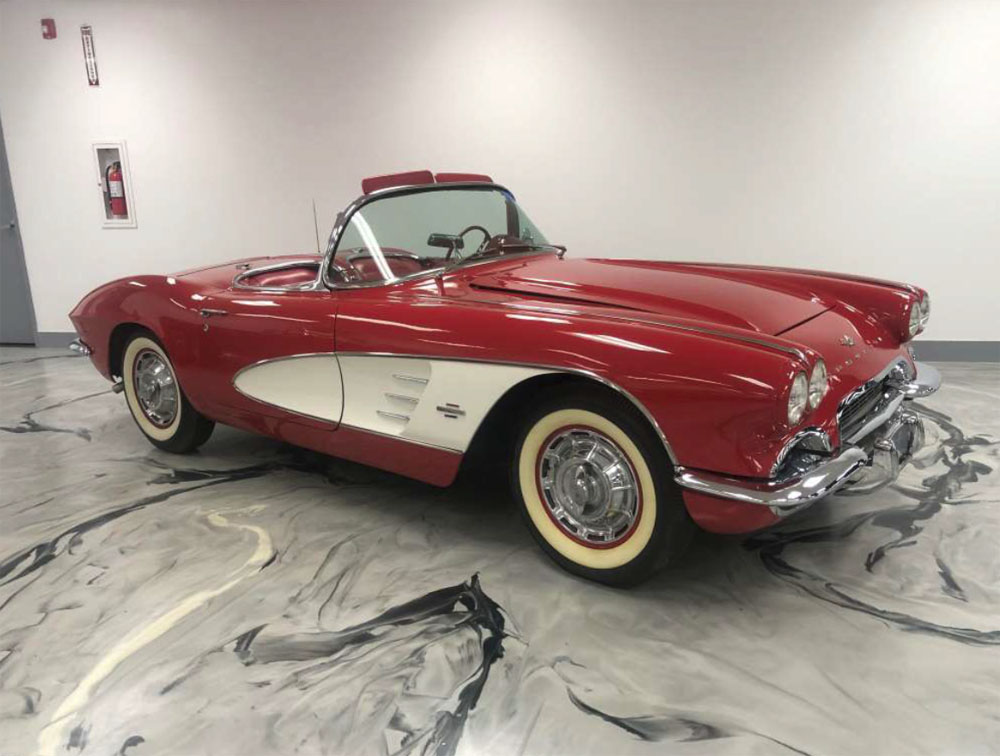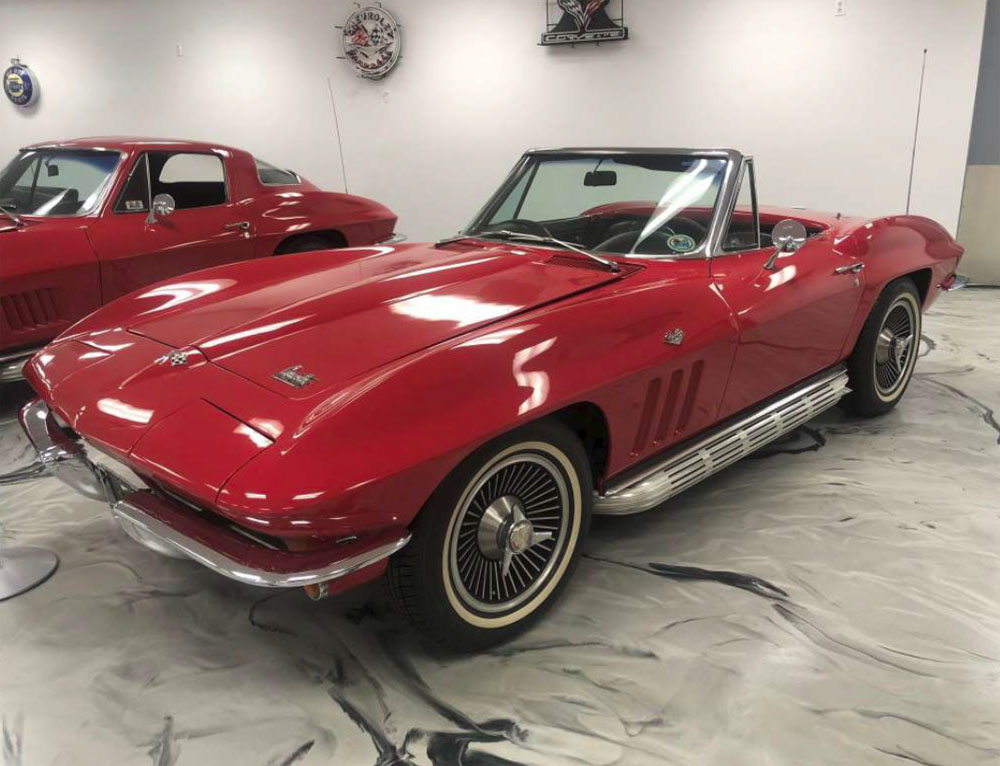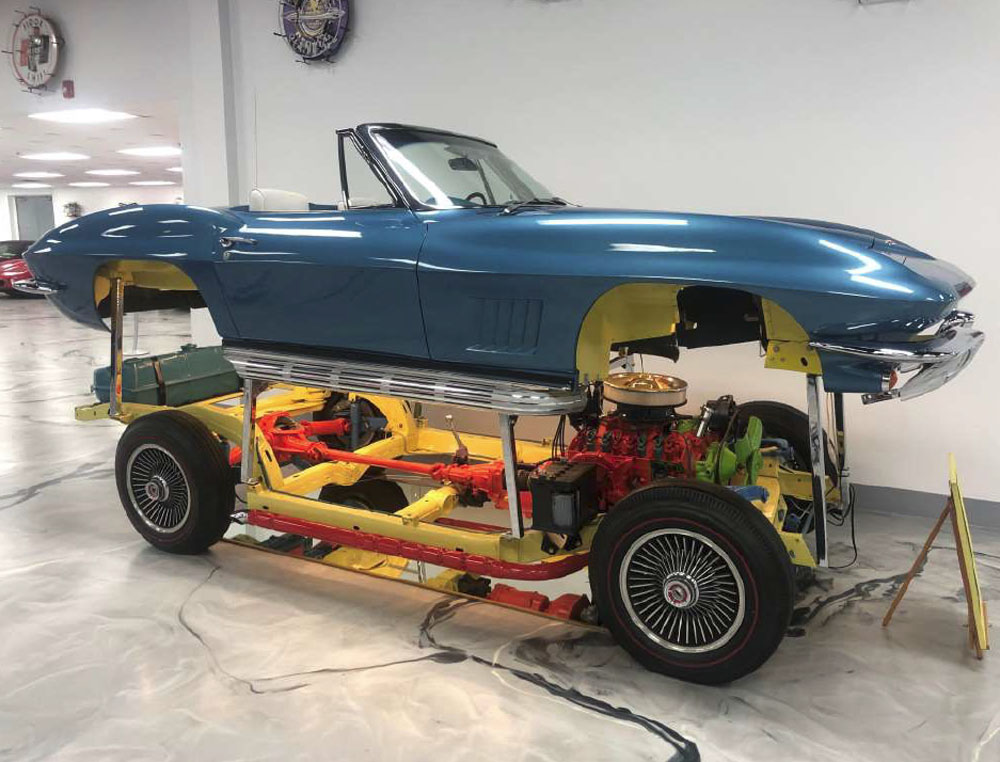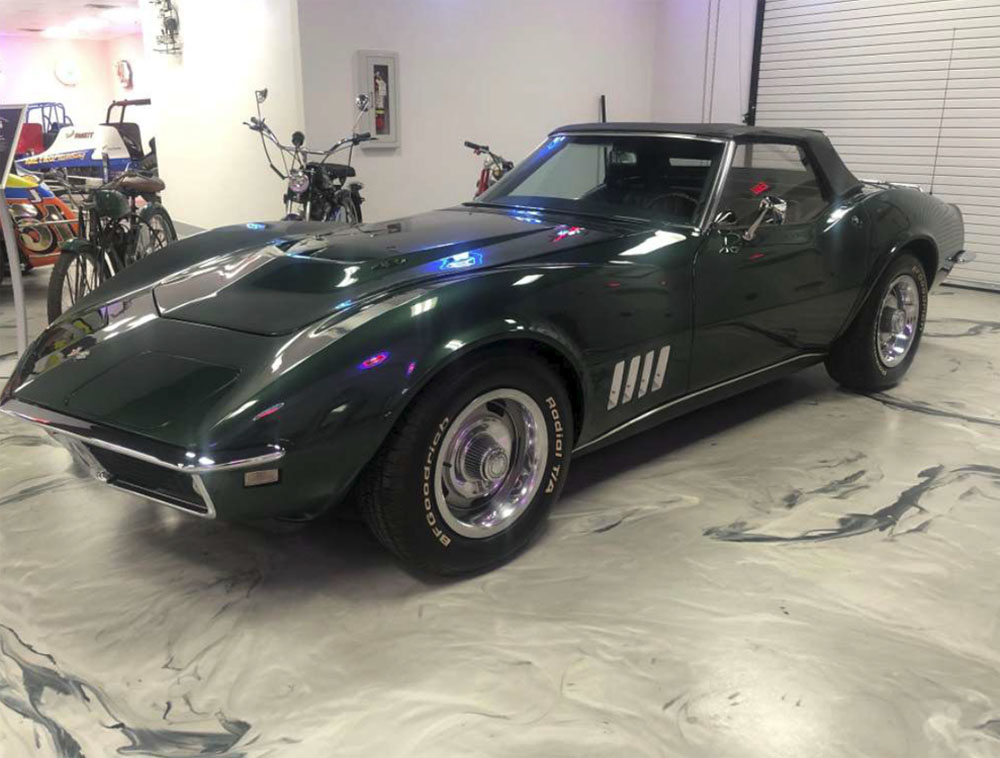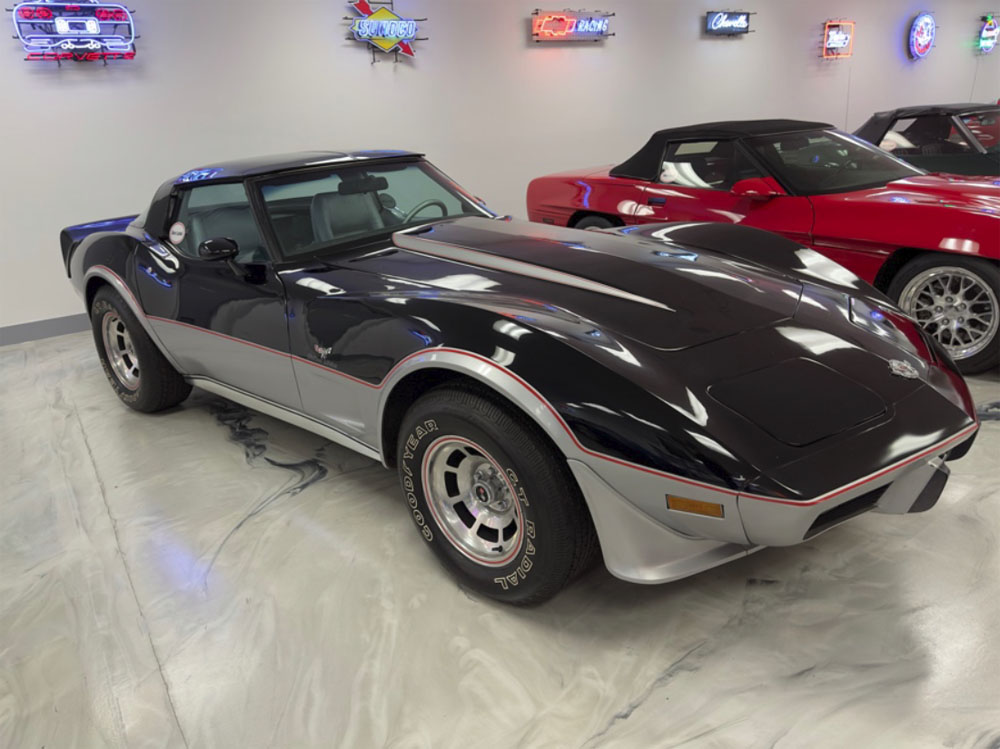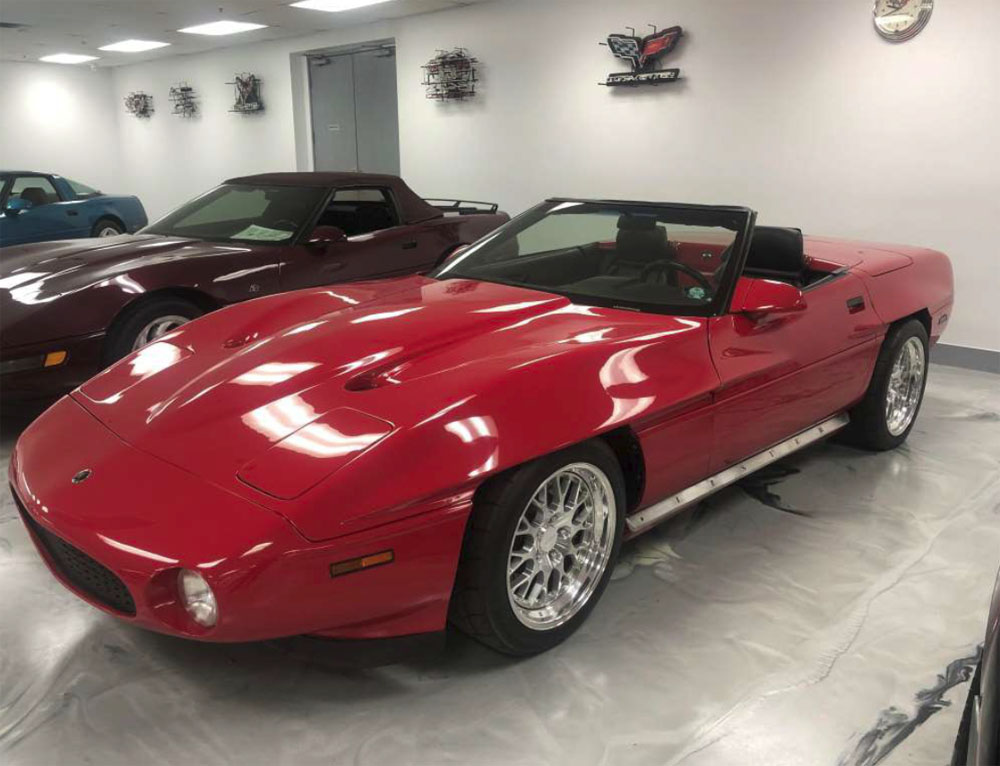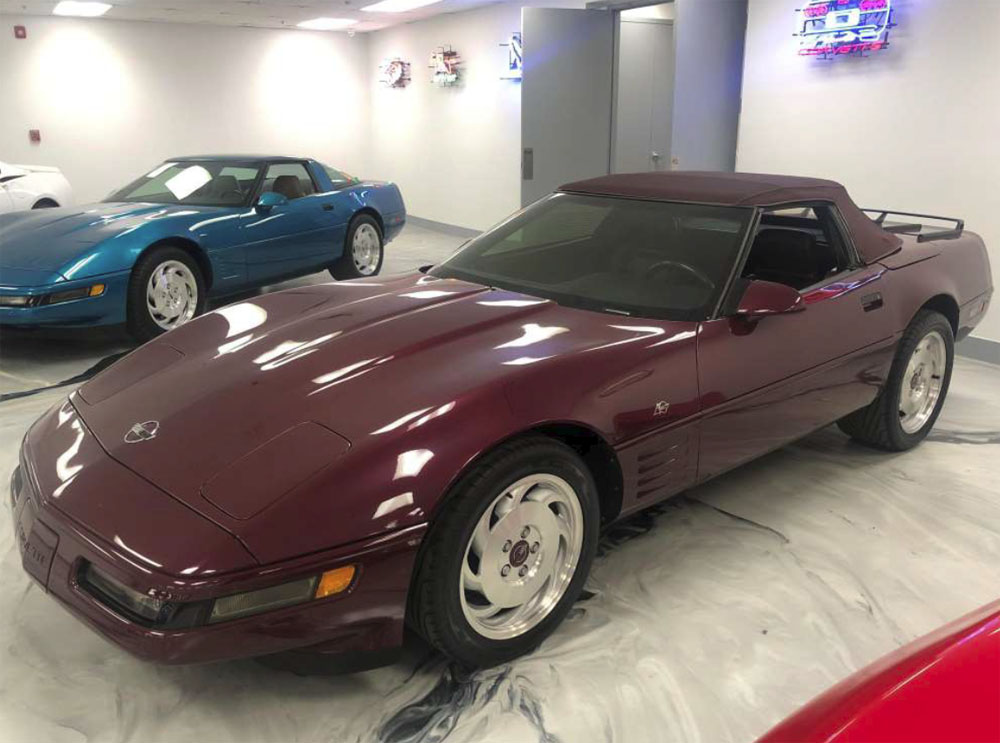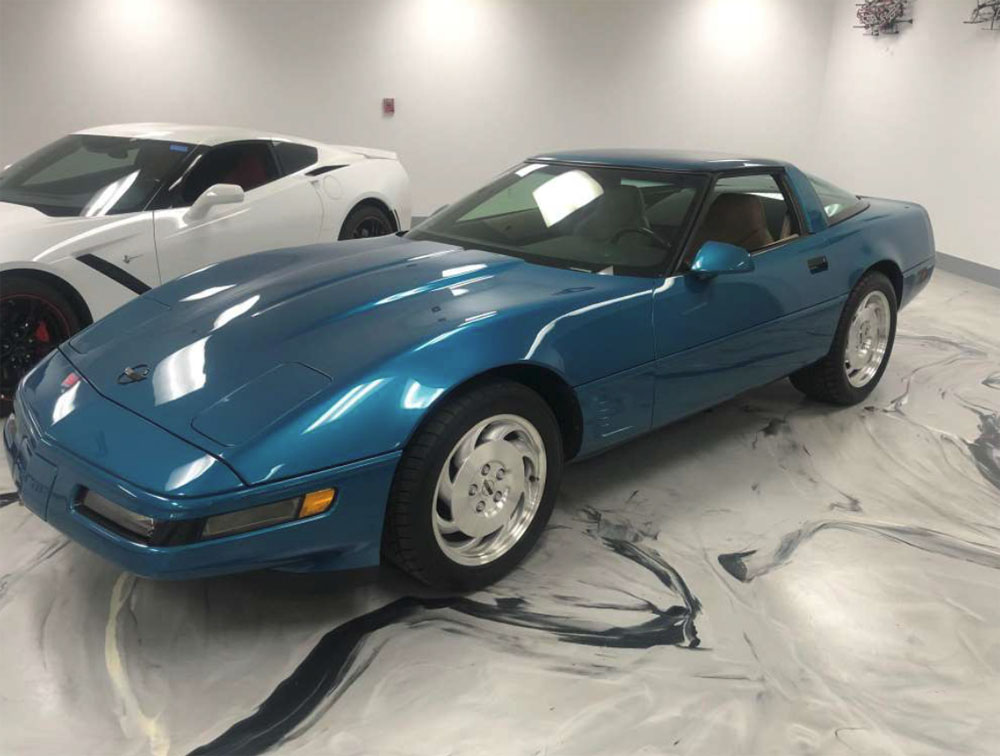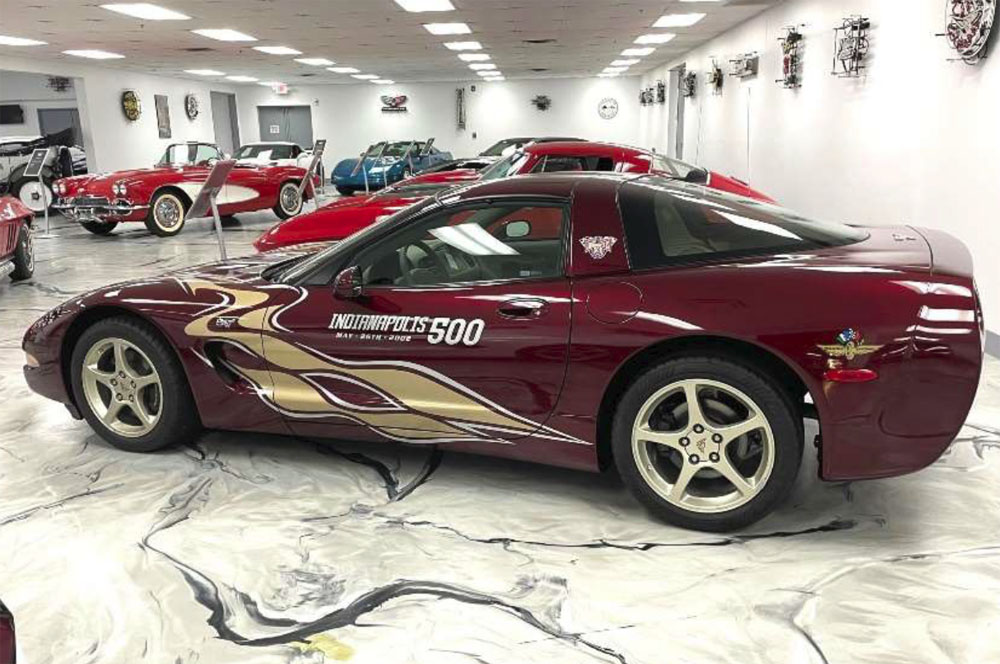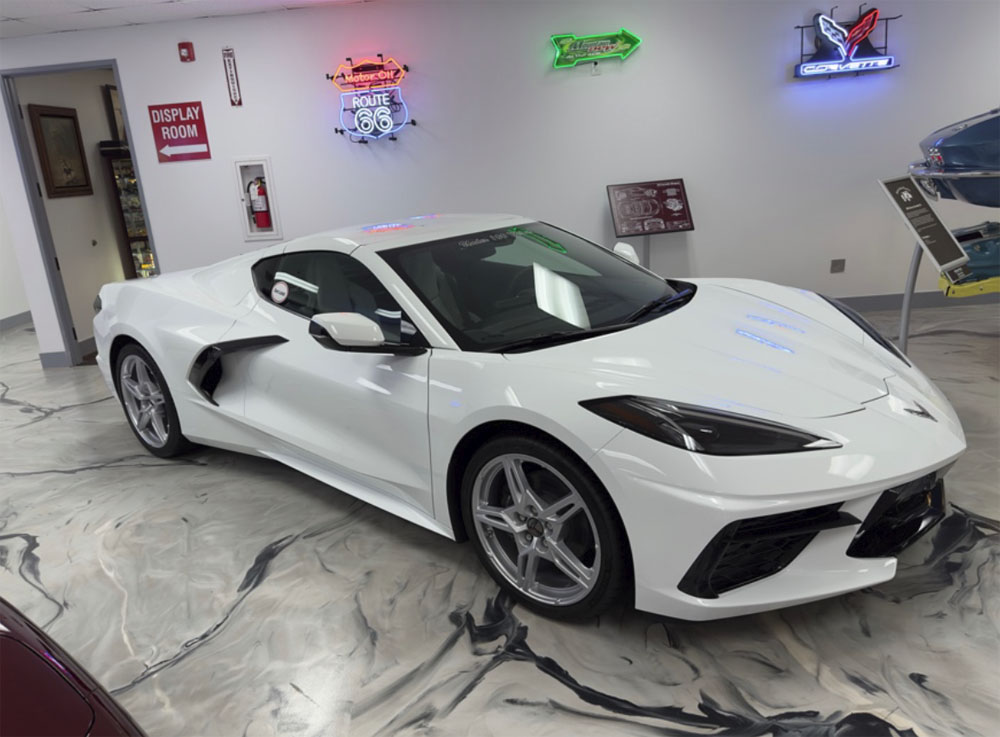Today’s Chevrolet Corvette is an American sports car icon—celebrating 70 plus years of road and track heritage. But it almost drowned during its early years.
Introduced in 1953 as a sleek white convertible, the Corvette looked fantastic but was underpowered with a straight‑six engine and automatic transmission—geared more for cruising than racing. GM churned out 3,640 units in 1954—but struggled to sell them all, even discounting to clear the inventory.
On the horizon, Ford dropped the Thunderbird in late 1954 as a sporty, V8-powered two-seater. It struck a chord with American buyers: Ford sold around 16,000 units in 1955—while Corvette moved only about 700. That huge gap forced GM to take notice.
Enter Zora Arkus‑Duntov, Corvette’s “father.” In 1955, he pushed GM to drop the inline-six, adopting a compact 265‑ci V8 and a manual transmission. Overnight, the Corvette transformed—it finally had the roar and responsiveness its design deserved. Sales rose gradually: around 700 in 1955, then nearly 3,500 in 1956.
By the early ’60s, especially with the iconic Sting Ray C2, the Corvette had cemented its status. Meanwhile, Thunderbird eventually faded away. The irony? GM executives joked, “We should thank Ford for saving Corvette” .
In short: competition sparked innovation. Ford’s challenge pushed Chevrolet to improve the Corvette, turning it from a pretty flop into a high-performance legend. Next time you see a Corvette roaring past, remember—it was Ford’s Thunderbird that lit the fire.
Below is a collection of Corvettes currently on display at the Martin Auto Museum. Come by and see them in person!
